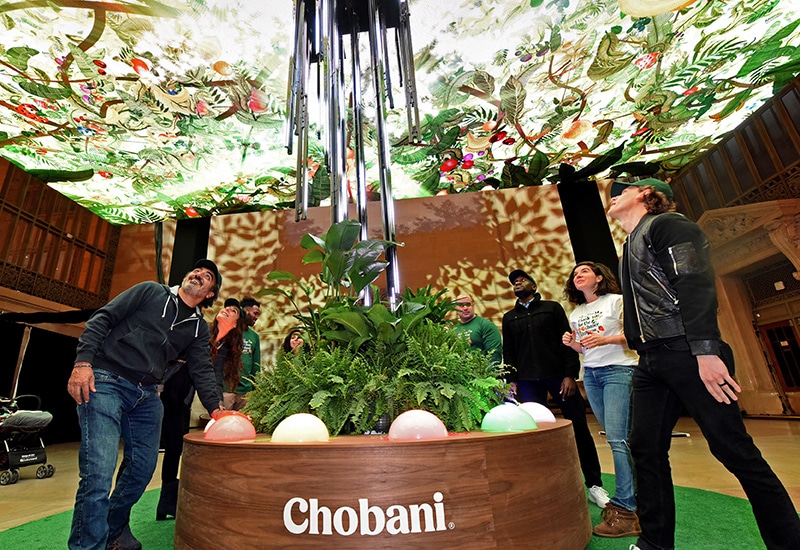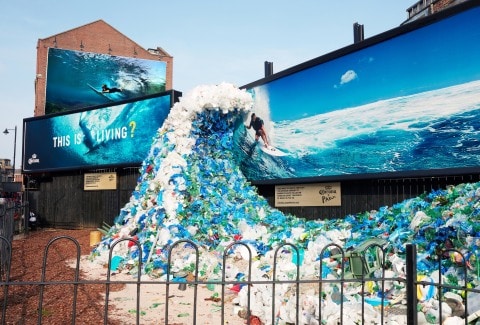
By: Avi Mayerhoff
One of the best ways to build a deep and lasting connection with donors is by creating cause-related experiences. These events bring the cause to life through storytelling and hands-on experiences which allow participants to feel the personal impact of a donation.
Millennials are helping to drive the move away from traditional fundraising events. They seek out and value experiences over products. Experience-based events that attract millennials can raise awareness for your cause. If they are inspired, they will share their experience online.
Virtual Reality is being used as a tool to create empathy among donors. Donors can virtually walk in the shoes of those they will be helping. Pencils of Promise used VR headsets to show gala attendees what attending school in Ghana was like. Donors were more engaged and the VR immersion experience helped raise an additional $500,000.
For nonprofits with a mission that is geographically remote or difficult to relate to, VR can deepen a donor’s understanding of the issues and increase brand recognition. The VR app, A Walk through Dementia, developed by Alzheimer’s Research UK, helps people understand the complexity of the disease and the challenges it presents at the supermarket, at home and on the road.
Watch a sample of the video below:
Another way to create an interactive cause experience is with Augmented Reality (AR). In this technology virtual aspects are layered onto real world places. Chobani’s digital giving tree invited consumers in Grand Central Station to plant virtual seeds linked to popular Chobani SKUs. Participants planted seeds by placing their hands on an orb which then pulsated with light energy and set off a digital fruit explosions in the tree canopy. For each virtual seed planted in this one-day event, Chobani donated yogurt to No Kid Hungry. The interactive Chobani tree was activated nearly 22,000 times which translated into 261,750 cups of yogurt donated.

Corona used AR to raise awareness of marine pollution by erecting “Wave of Waste” installations made of plastics washed up on nearby beaches. The sculptures helped consumer visualize the magnitude of the problem. People could add to the sculptures by dropping off their own plastic waste. The campaign included a partnership with Parley for the Oceans featuring limited-edition Hawaiian shirts made from plastic collected from the ocean and coastal communities.

Here are some tips to create a successful cause-related experiential event:
- Make it memorable, immersive, live
- Keep the issue front and center – educate first, then ask for donations
- Focus on key markets with greater donor support and potential corporate partners
- Have a unique event hashtag to encourage social sharing

Leave a Reply